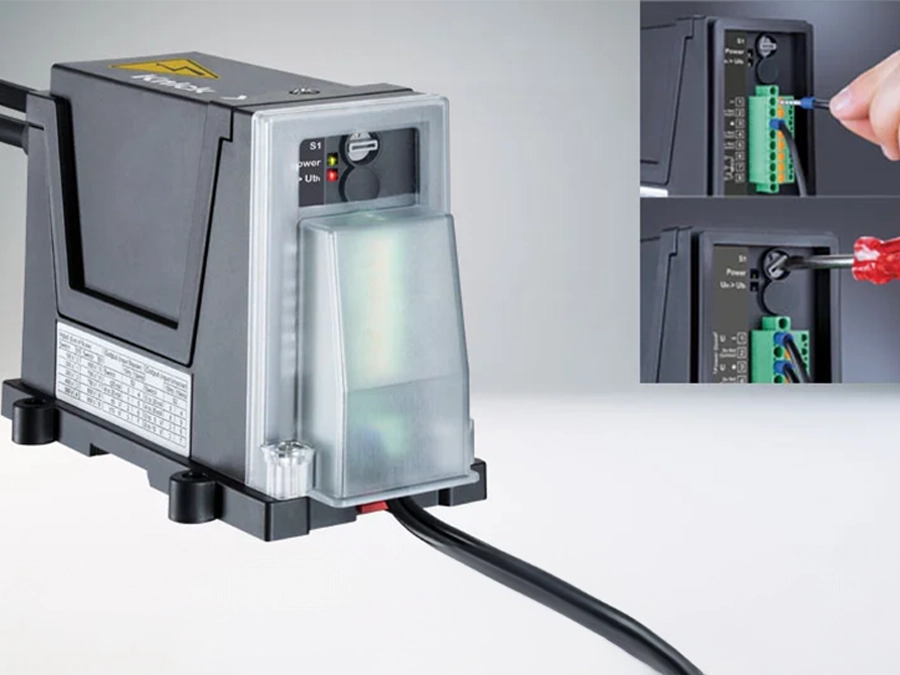WG25 Repeater Power Supply | Input 4 … 20 mA | Ex | Transmission of HART signals
Description
For supply of intrinsically safe 2-wire transmitters and SMART transmitters.
- Affordable
Good price due to omission of integrated power supply - No mains supply required
Cost savings due to lower wiring effort, no mains influences - Low power losses
No unnecessary heating in the enclosure - Protective separation
according to EN 61140 Protection of maintenance staff and downstream devices against excessively high voltages - HART transmission
Bidirectional point-to-point transmission of digital data according to the HART specification - EMC tested
RFI suppressed and surge proof, reliable operation even with electromagnetic interference - Maximum reliability
No maintenance work, therefore the related costs are not incurred
The Task
The passive WG25 repeater power supply is loop-powered. It is used for galvanic hazardous-area separation of a 2-wire supply line and transmits both 4 ... 20 mA and HART signals in both directions. With a voltage drop of just 4.2 V, the WG 25 uses the supply optimally so that all common 2-wire transmitters can be connected.
The Advantages
Compared with active repeater power supplies, it has considerable price and reliability advantages.
Multi-channel systems, for example, require only one central, safe-area power supply that does not even need protective separation.
The Technology
Using Knick TransShield technology, the WG25 has specifications that were previously not available in passive repeater power supplies:
- Extremely high reliability, MTTF of over 300 years
- Protective separation, transient protection
- 10 kV test voltage (optional)
- High electromagnetic compatibility
- Extremely low residual ripple and common-mode interference
- Outstanding pulse formation
- HART transmission
- Hazardous/safe area separation
We look forward to hearing from you!
Contact Us
| Communication (Output, Digital): | HART |
|---|---|
| Product Category: | Isolated Signal Conditioner |
| Device Type: | Repeater Power Supplies |
| Explosion protection: | Ex |
| Input: | (±)20 mA, 4 … 20 mA |
| Output: | 0 … 20 mA, 4 … 20 mA |
| Working Voltage, Min.: | 50 V, 300 V, 1000 V |
| Test Voltage: | 2.5 kV, 5 kV, 510 V |
| Fault Class: | 0.1 %, < 0.5 % |
| Housing: | 17.5 … 67.5 mm Modular housing |
| Cutoff Frequency: | < 1 kHz |
| Power Supply: | Loop-Powered |
| Approvals: | ATEX |
| Product Line: | ProLine |
















